Last Updated on August 3, 2023
You’re a wizard indeed–and only a wizard could work the sort of spell that was cast over children and adults all over the world beginning in the late ‘90s, turning the wildly successful Harry Potter books (we’re talking 120 million copies sold here) into one of the most profitable franchises ever.
With J.K. Rowling watching over the production diligently (sometimes to a fault), Harry Potter and the Philosopher’s Stone aka …Sorcerer’s Stone was a marvel of an adaptation. And what eventually arrived didn’t come from a burly half-giant, but rather a wide-eyed cast of newcomers, a visionary crew conjuring the proper vision and the guy who directed Adventures in Babysitting…
So put on your sorting hat and head for Platform 9 ¾ as we find out…WTF Happened to this movie?!
The making of Harry Potter and the Philosopher’s Stone (also known in the U.S., the Philippines and India as Harry Potter and the Sorcerer’s Stone, as there are no philosophers in those countries…) goes back to 1997, the same year the novel was published. Producer David Heyman was searching for just the right children’s book to adapt, with his team recommending J.K. Rowling’s book because it was “cool.” Rowling would later sell the rights to the first four books to Warner Bros. for 1 million pounds on the condition that the movies be true to her vision, something that would later prove both an asset and a hindrance.
Steven Spielberg was one of the first directors attached, wanting to make it animated with Haley Joel Osment voicing Harry, which would have gone against Rowling’s demands that the entire cast be either British or Irish. Spielberg later said doing it such a way would be “no challenge” and so off he went to direct A.I. instead. The list of other potential directors was extensive: there were visionaries like Terry Gilliam and Oscar winners like Jonathan Demme and boy wonders like M. Night Shyamalan, who probably would have made Harry and Dudley the same person or something. The final four: Gilliam (Rowling’s choice), Brad Silberling (Casper), Alan Parker (yeah, get the guy from Midnight Express!), and Chris Columbus, winning the studio over for his kid’s movies like Home Alone and a 45-minute woo session with the studio.
Script duties would go to Steve Kloves, who had to actually read the book first but became an expert, later penning all Harry Potter’s save for Order of the Phoenix. Kloves was afraid he would ruin Rowling’s vision, which would be hard to do since she had much control (she was, after all, Harry’s mother–even almost being cast as Lily)–anything he wanted to change in terms of dialogue, he had to get her blessing. In one case, Kloves tried to change one line but Rowling told him it would go against something that hadn’t even been published yet! While some alterations were made, the finished script was quite faithful to the book.
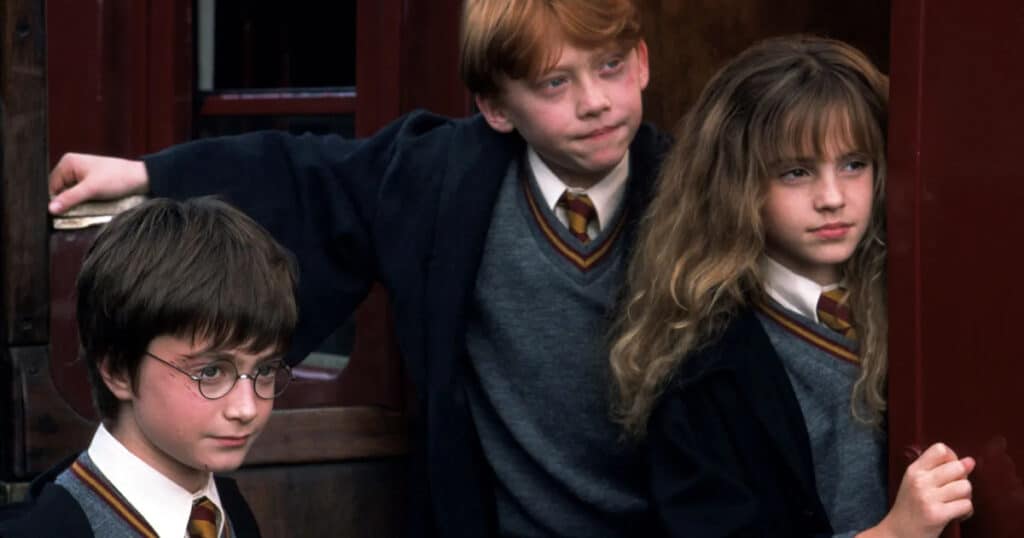
And so casting began in 1999. As per the casting release: “We are looking for British children, between the ages of 9 and 11 who look like Harry Potter, Ron Weasley or Hermione Granger,” urging potentials to send a video where they tell a joke and read a passage from a Potter book. Columbus was so finicky over who would be cast that the casting director actually left, frustrated over his lack of commitment.
Later that summer, they got:
Harry Potter – Daniel Radcliffe, who wasn’t terribly interested in acting anymore and his parents didn’t want him to do it…but, by complete happenstance, he ended up running into Heyman and Kloves. Following his screen test, Rowling said, “I feel as if I’ve been reunited with my long lost son”), which in turn got Warner Bros. on board.
Ron Weasley – Rupert Grint, who even threw in a little rap in his tape.
Hermoine Granger – Emma Watson, who had no professional acting experience and auditioned eight times
Supporting cast:
Hagrid – Robbie Coltrane, who was Rowling’s only choice. Robin Williams wanted it but didn’t fit the British requirement.
Albus Dumbledore – Richard Harris, whose granddaughter threatened to never speak to him again if he didn’t take it.
Severus Snape – was almost Tim Roth’s but it went to Alan Rickman, who also had family members insist he do it.
Minerva McGonagall – Maggie Smith, who previously worked with Radcliffe on stage; at first, the kids were even afraid of her on set.
Draco Malfoy – Tom Felton, who wanted to play either Harry or Ron but landed Draco (makes sense–come on, look at him!)
With this cast–and so many more–in place, production could begin. And it did, on September 29th, 2000 at Leavesden Film Studios, home to Sleepy Hollow; The Phantom Menace)…with a budget of a reported $125 million
Like the characters, the locations were to be purely British. Some notables included actual castles, chapels and historic buildings: Alnwick Castle in Northumberland was primary location of Hogwarts (models were also used); Gloucester Cathedral was used in numerous scene; the Goathland railway station stood in for the Hogwarts Express station; the Dursley’s residence on Privet Drive was in Berkshire…One location that was not used was Canterbury Cathedral, who wouldn’t let Warner Bros. use it due to the story’s “pagan” themes.
Going into production, some were skeptical that the guy who directed Mrs. Doubtfire could bring darkness to the screen or even knew anything about Brits. But Columbus actually wrote Young Sherlock Holmes, which he referred back to. And while the film went on to be a massive hit due in large part to Columbus’s skills (and being very hands-on, even playing the giant Troll at times), the director also gave credit where much is due: to the crew, who had massive undertakings of their own:
Jim Henson’s Creature Shop, Industrial Light & Magic and Sony Pictures Imageworks all had a hand in the designs and ~600 special effects shots. SFX supervisor John Richardson did use practical effects (yes, that’s just a fishing rod for the floating feather; for the flying letters, they used a “letter firer”, which is exactly what it sounds like). There, too, was costumer Judianna Makovsky, who hated the way the Quidditch robes looked so reimagined them (anywhere between 5,000-6,000 wands were designed, too), and art directors Neil Lamont and Gary Tomkins, who constructed chess pieces that stood 12 feet and weighed upwards of 500 pounds.
Production designer Stuart Craig was another key figure. He and his team completely invented Diagon Alley, while the Great Hall took nearly four months to build; it’s a set so spectacular that the look on the child actors’ faces the first time they enter is genuine. Cinematographer John Seale had numerous difficult tasks, like working around being barred from bringing in giant rigs or hanging anything from windows in the more historic buildings. He also used upwards of six units simultaneously, which helped recoup lost shots when the kids were having too much fun and also maximized time, as child labor laws dictated the young cast could only film for four hours (with three devoted to schoolwork). Still, there was only so much time they could save, as many scenes had to be shot twice depending on the market: once with “philosopher” and “once with sorcerer.”
But these were nothing compared to some of the other issues that arose. One of the biggest complications came in Harry’s eyes: Radcliffe’s were blue and not green like Harry’s–and since the lenses irritated Radcliffe’s eyes, a decision had to be made on what to do. It wouldn’t seem like a big deal, but again, this is J.K. Rowling we’re dealing with…and so the color was added in post, god forbid Harry have the wrong color irises!
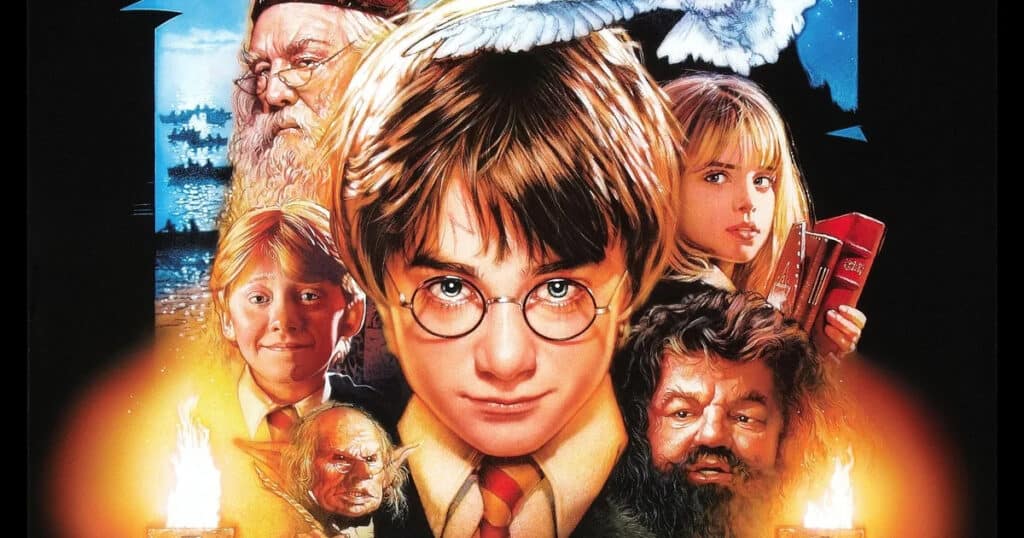
There were also major disruptions in the Grand Hall. The floating candles were initially done practically, but the flames would burn the string, causing them to fall and nearly light the set and cast on fire (they wisely ended up going with CGI). The crew, too, used real food during the feast scenes…which they left out, causing the hall to smell of rotting lamb and potatoes.
Unlike the food, production was wrapped on March 23rd, 2001, with the U.K. release date set for November 10th, followed by wider international releases the next week.
Harry Potter and the Philosopher’s Stone was, as we all expected and know, a castle-sized success, smashing records set even by The Phantom Menace to give an idea how gigantic it was.
Stateside, Harry Potter opened at #1, pulling in $90.3 million, easily scaring Monsters Inc. from the top spot. At the time, it was the best opening weekend ever, besting The Lost World and it still stands as one of the best three-day Thanksgiving weekend openings. Domestically, it grossed $288.5 million that year (later $317.6 million from re-releases), easily becoming the highest-grossing movie of 2001. Worldwide it took in a staggering $974.8 million, eventually becoming the second highest-grossing of the entire franchise once it wrapped.
The magic expanded to the awards circuit, too, with recognition at the BAFTAs, PGAs, the AFI, the Satellite Awards, and the Oscars, earning three nominations at the 74th Academy Awards: Best Art Direction, Best Costume Design and Best Original Score for John Williams’ magical work–pretty good since it was supposed to be James Horner.
And that’s the story of Harry Potter…well, the first one at least! The Wizarding World is an ever-expanding one and has been for decades, with the first sequel already in pre-production before Harry Potter and the Philosopher’s Stone was even out! As for that sequel and the rest of the HARRY POTTER franchise…stay tuned for more videos as we continue our journey through all seven–or is it eight?–movies!
Sources:
https://www.ranker.com/list/how-harry-potter-actors-got-cast/tyler-mitchell
https://www.cinemablend.com/news/2495067/harry-potter-and-the-sorcerers-stone-behind-the-scenes-facts-about-the-magical-movie
https://www.nytimes.com/2021/11/11/movies/harry-potter-sorcerers-stone-anniversary.html
https://www.wizardingworld.com/features/explore-behind-the-scenes-with-harry-potter-filmmakers






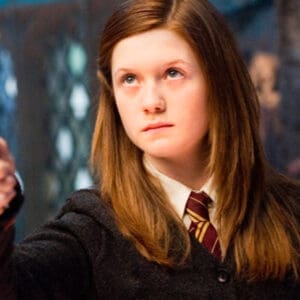
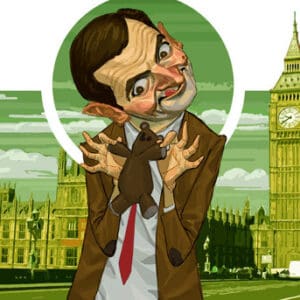
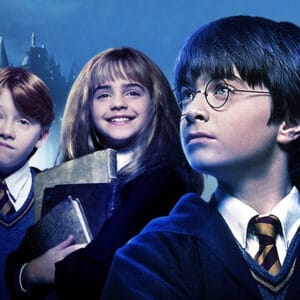
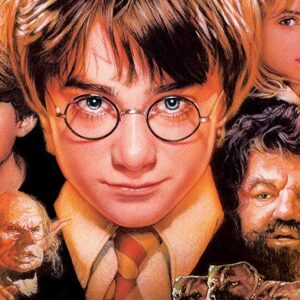










Follow the JOBLO MOVIE NETWORK
Follow us on YOUTUBE
Follow ARROW IN THE HEAD
Follow AITH on YOUTUBE